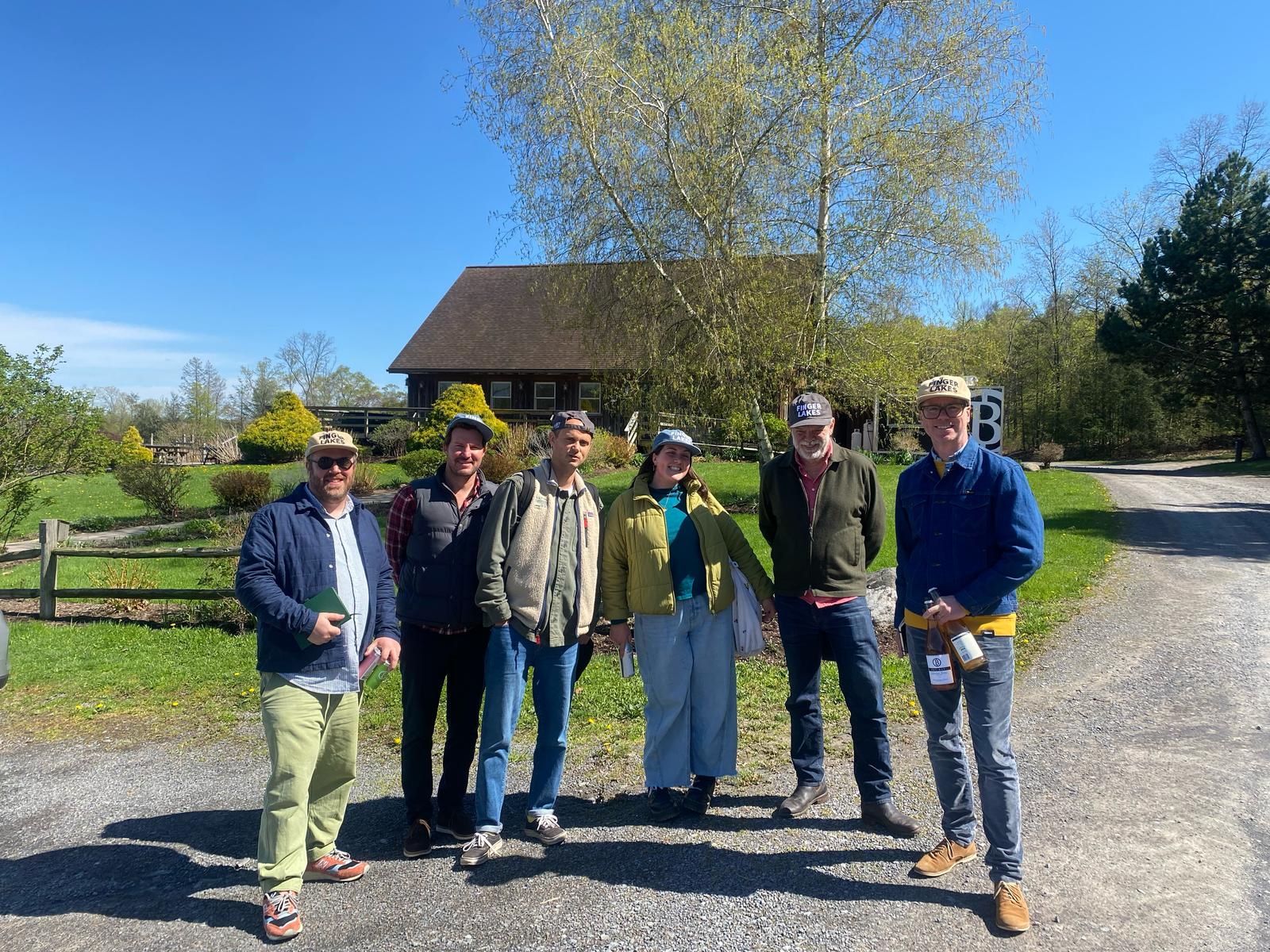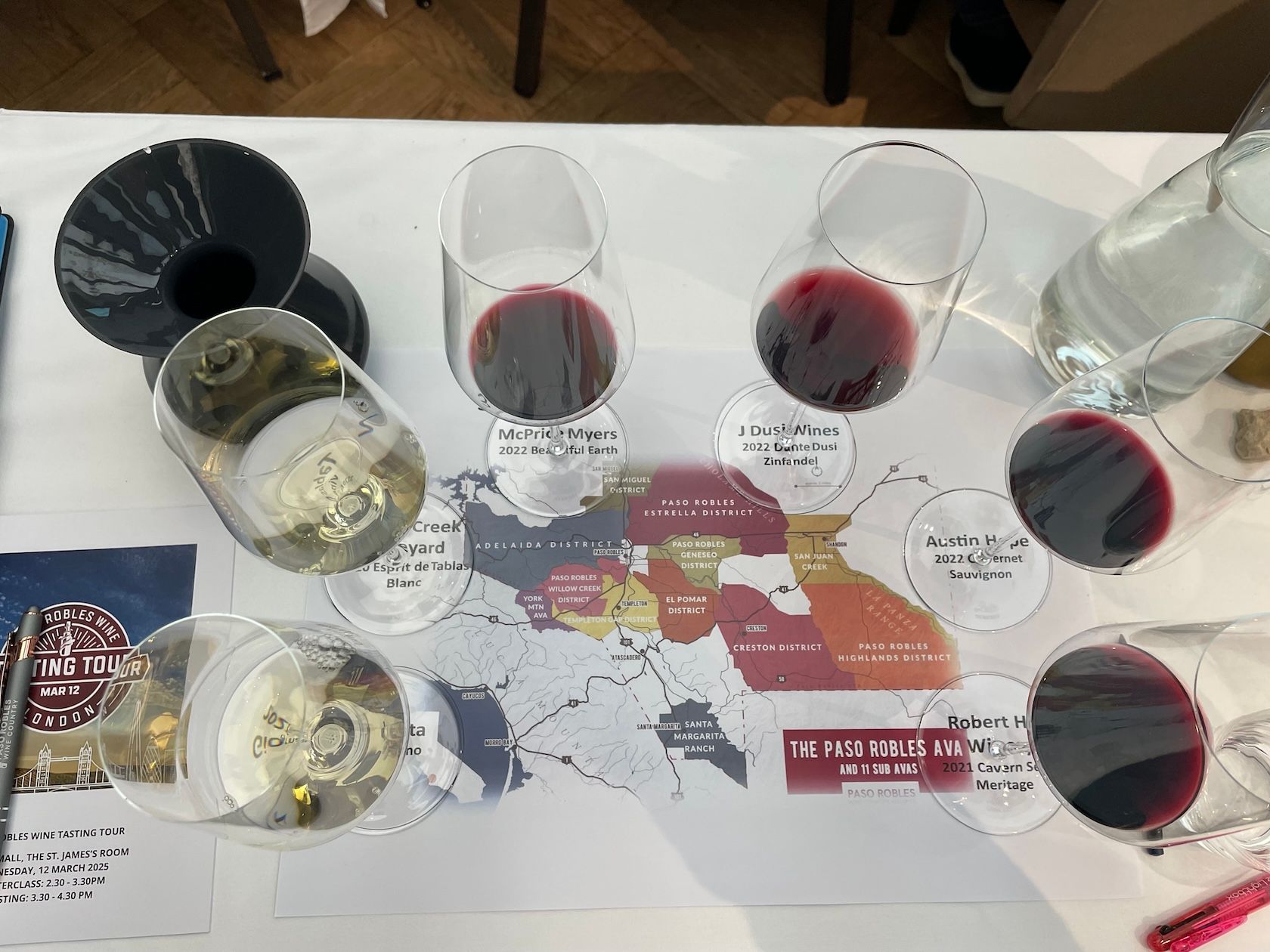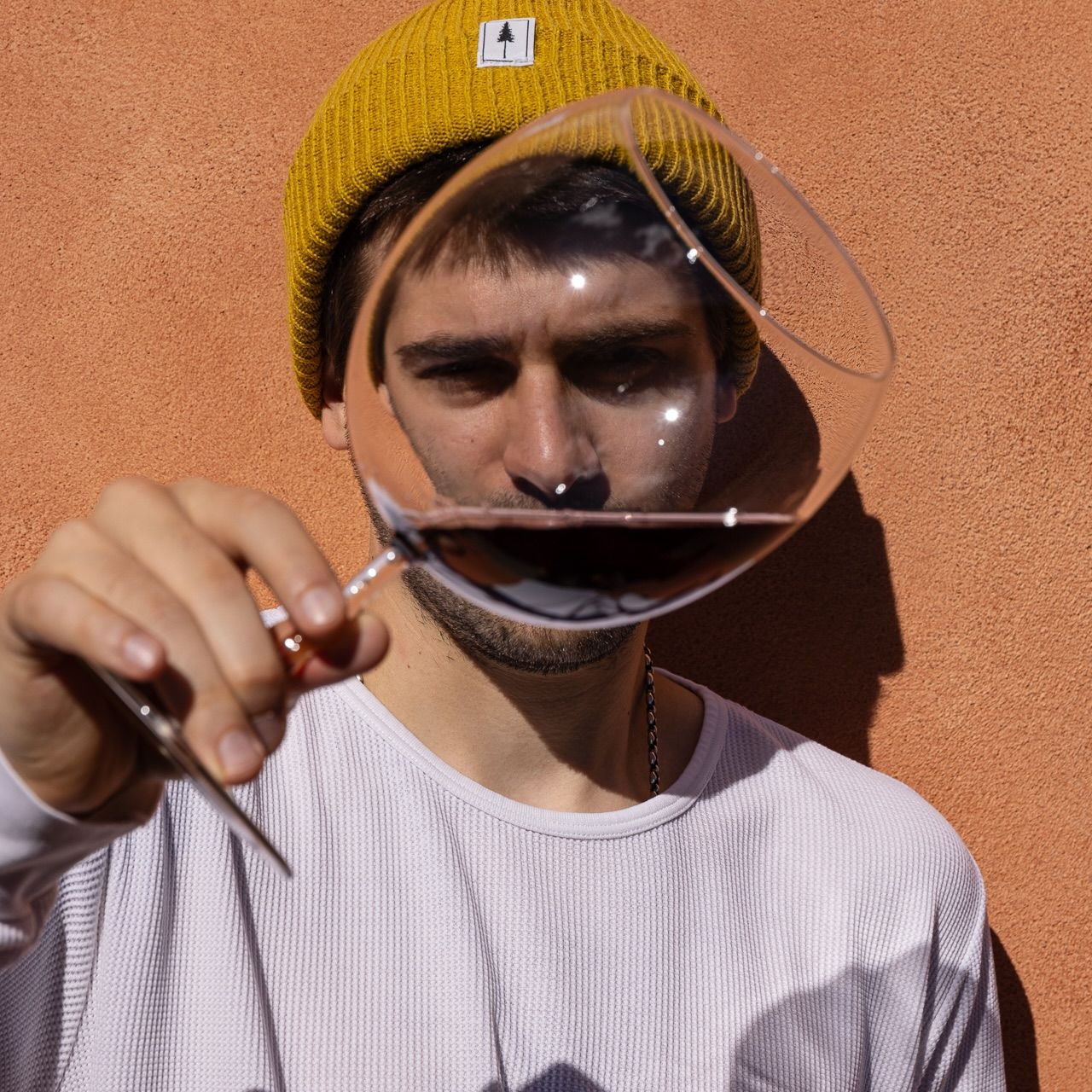Talking Colheita and vintage with Chris Blandy as well as sampling a range of new releases that include four Colheitas, a 50 year-old Malmsey and a Bual from 1920.
What is a Madeira Colheita?
Chris Blandy, director of the Madeira Wine Company, was in London to introduce a series of new releases that are to be launched this autumn. The new wines he showed, were the Single Harvest wines Sercial 2002 and Bual 2003 (also known as Colheitas) and the vintage wines Cossart Gordon Bual 1987 and Terrantez 1980.
Blandy’s point is clear, he wants to drive home the opportunity that so-called Colheita wines represent. Colheitas are a concept introduced by Blandy’s in 2000 ‘with the objective of releasing an exceptional wine from a single year earlier to the public.
Colheita wines can age in cask for a minimum of five years and maximum of 18 years before being bottled and released, as opposed to vintages which must age for a minimum 20 years in cask before bottling and release.

One of Bland’s vineyards on the north coast of Madeira
How to make the most of a Madeira Colheita?
“The Colheitas are a great opportunity to get a vintage-dated wine to consumers,” says Blandy.
“The 2002 Sercial and 2003 Bual are great stepping stones of what dated Madeiras are all about.”
Chris Blandy has worked tirelessly to bring the magic of fine Madeira to the world.
He says: “We have such a niche product, [with vintage] we’re really talking about a niche within a niche.”
Vintage wines of the five typical Madeiran varieties Sercial, Verdelho, Terrantez, Bual and Malmsey can have mind-bending concentration and complexity – justifiably they come with a commensurate price tag.
Colheitas, however, offer a glimpse of that world for less and allow both businesses and consumers to experiment.
“Having Colheitas has turned people on to the high-end Madeiras,” Blandy says.
The eye-opener: Madeira with food
One way Blandy has been doing that is by promoting pairing Madeira with food.
“Thankfully Madeira has the acidity and versatility to deal with everything from oysters to slow-roasted pork,” Blandy says.
Serving these intensely flavoured wines whose varietal arc spans the entire spectrum from dry to sweet, throughout a meal, “is the way to break down misconceptions about Madeira that people have,” says Blandy.
“The chef has to know what he is doing, must know the wines, but I like to think that especially they find it interesting to push the envelope. It can be a real eye-opener for people to have Madeira all the way through a dinner.”
The Market for Madeira – critical mass
With steadily growing sales over the past 15 years, Blandy’s work is paying off.
“The only thing that is missing is to get this over to the consumer. Obviously we are small and do not have the budget to hire George Clooney,” sighs Blandy.
He is also worried about the de-valuing of the pound and the strategic changes made by the large multiples.
“There has not been any real impact yet, but that is only a question of time and we have to review our own strategy,” he says.
Colheitas and vintages, Blandy emphasises, have very small production volumes.
“For some of these [vintage-dated] wines we only managed to produce 450 litres. Once released, we do not find it difficult selling them through so we need some critical mass from the multiple retailers.”
An unusual aperitif: Blandy’s Duke of Clarence
One way of achieving that is by promoting Blandy’s Duke of Clarence, a three-year old Tinta Negra-based Madeira, as an aperitif: served in a tumbler over ice with a fragrant twist of orange peel, it is warming and refreshing at the same time. Try it for yourself and surprise your guests.

So how were the wines tasting?
Colheita Sercial 2002
Heady with citrus and the appetising scent of toasted cashew nut. The palate is intense and finishes dry, leaving you with a delicious impression of smoke.
Colheita Verdelho 1998
An initial whiff of passion fruit, then pure citrus headiness. Fragrant with dried mint and candied lemon peel, echoes of filter-roast coffee and roasted hazelnut, finishing just off-dry between citrus freshness and toasty nuttiness.
Colheita Bual 2003
Fresh and dried orange peel mixes with heady woodsmoke on the nose. Gentle sweetness on the palate meets incisive acidity to become an intense sandalwood-orange-combination. The finish is reminiscent of whole, candied tangerine fruits.
Colheita Malmsey 1999
An earthier aspect plays about the nose. The palate is reminiscent of smoky, peaty single malt stirred into Seville orange marmalade. A kind of trifecta of smoky earthiness, soaring citrus freshness and luscious fruit. Potent and alluring.
Cossart Gordon Bual 1987
This comes with a caramelised edge and feels like a tightrope walk between smoky but rich darkness and illuminating citrus brightness. Very intriguing with a gorgeously fresh finish.
Terrantez 1980
Notes of Medjool date and a totally lifted, ethereal headiness with a faultline of acidity through its core. Balm-like on the palate with echoes of coffee, citrus and toasted cashew and a very rich, umami finish.
50-year old Malmsey
Only 400 litres of this were produced with the main base being wines from 1964, 1965 and 1974. The oldest component of about nine wines that went into this was a wine from 1952, the youngest a 1978 Malmsey.
“It’s everything that is great and cool about Malmsey,” Blandy says.
High-toned, almost tropically luscious fruit. Incredible lift of a near herbal, almost wild-strawberry-like scentedness. Perfumed and ethereal. The palate is more caramelised, has something of the darker edges of tarte tatin about it that provides a luscious bitterness. Sweetness follows.
Bual 1920
Smoky wood and spice rise up in spirited headiness. Utter concentration on the palate is reminiscent of caramelised, baked plum and apple syrup, leavened by piercing, luminously aromatic orange and kumquat. Utterly lip-smacking, fresh finish. Wow.









































